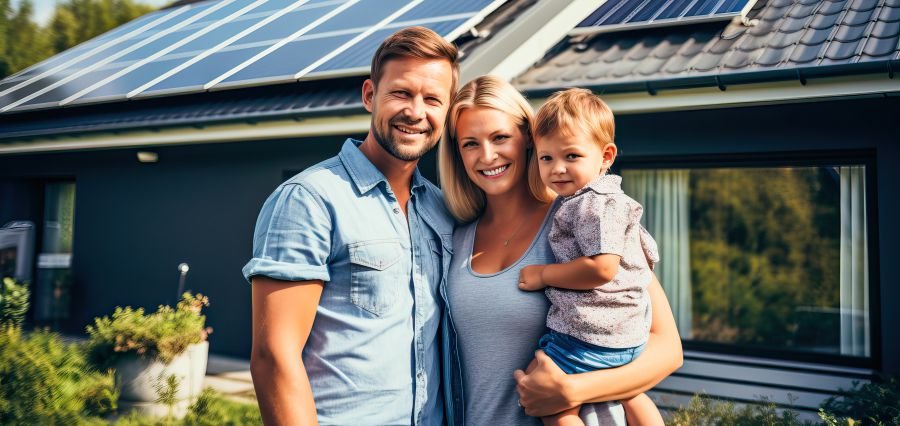In its bi-annual Rooftop Solar and Storage Report for the first half of 2024, the Clean Energy Council said that total installed cumulative rooftop solar capacity in Australia is on course to break through the 25 gigawatt (GW) mark at year-end. The total installed roof top solar capacity stands at 24.4 GW. This was more than the total installed generation capacity of black and brown coal-fired power stations with a capacity of 21.3 GW during the financial year of 2023-24.
However, as the country moves to phase down coal-based power, solar continues its rise. In the first half of 2024, Australia added 1.3 GW of new rooftop solar capacity – 141,364 new installations – bringing the share of rooftop photovoltaic systems in the national electricity mix to 11.3 per cent by the end of June.
With Hristodoulidis, co-chief policy and impact officer at the Clean Energy Council, commenting that more than 3.7 million homes and small businesses now use solar panels, it is, for the most part, a popular investment decision. With an average payback period of about three to four years, rooftop solar is fast becoming the plain solution to reduce household energy cost.
Growing Interest in Home Batteries
Apart from electricity generation, more consumers are now interested in storing solar energy for non-sunny periods. As stated in the report, sales of the batteries have hit nearly 30,000 in the first half of 2024, which raised the total count to more than 140,000 and pushed the average quarterly battery sales to a record 14,555.
Notably, small-scale batteries now accompany around 20.7% of rooftop solar installations, with the attachment rate standing at 19% among solar households-an increase of 5% from the previous year. However, while that’s good news, CEC cautions the take-up of home batteries is still lagging way behind the 82% renewable energy target outlined in the Australian Energy Market Operator’s 2024 Integrated System Plan to be reached by 2030.
The CEC is advocating a national incentive scheme that makes consumers comfortable with front-end costs of battery installations. A “It’s Time to Back Batteries” campaign from their corner says this could lead to an extra 410,000 battery installations by 2050.
Economic and Environmental Benefits
Under the CEC model, such a household could potentially save money between $900 and $1,000 using standard batteries, while they may get to save money between $1,150 and $1,500 with batteries that play a part with the grid. More home batteries are likely to be adopted, thereby helping to use well those who do not have access to solar, lowering energy costs for the sector as a whole, and providing extra benefits to the grid.
According to Hristodoulidis, “As the economy slows, solar PV and home batteries can play a really big role in lifting economic activity by supporting thousands of Australian installers and businesses in the sector while at the same time lowering energy bills for all Australians.”
State-by-State Breakdown
It further reported the state-level deployments, and New South Wales continued holding the lion’s share of rooftop PV installations. It added 454 MW in the first half of 2024. NSW became the second state to have passed one million cumulative total rooftop PV installations out of Queensland. Cumulatively installed capacity now for NSW stands at an impressive 6.6 GW, representing more than a quarter of the national capacity. Queensland and Victoria then followed by adding 360 MW and 246 MW respectively.
Average sizes for rooftop solar systems continue to rise, with a new bi-annual record set in the first half of 2024 at 9.7 kW, versus an average size of only 4.3 kW a decade ago. This trend is part of a more general one, as homes increasingly bring electricity to all aspects of lives, from transportation.
Read more : https://coverstorymagazine.com/








